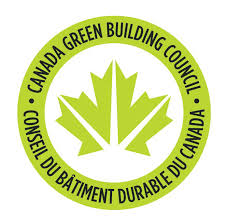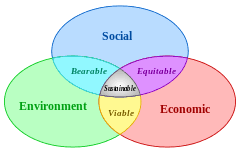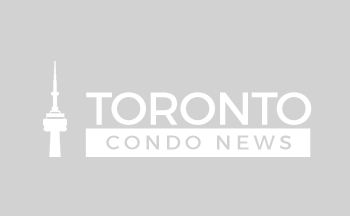 April 2020
April 2020
LEED, Leadership in Energy and Environmental Design, is an internationally recognized rating system for environmentally sustainable buildings.
Green buildings create a healthier indoor environment providing better indoor air quality, fewer harmful products, and more natural daylight. They reduce waste, conserve energy, and decrease water consumption.
Sustainability standards, which vary by area, are periodically updated to reflect current technologies and new information. Water use, storm water control, heat retention, fuel-efficient vehicle infrastructure, deterring bird collisions, erosion control, cycling infrastructure and pedestrian infrastructure are all evaluated for LEED certified buildings in Toronto.
Living in a LEED recognized building means you are making better use of environmentally sustainable practices. In urban areas it may mean your building makes better use of wood in place of less sustainable glass and steel, or masonry. A LEED certified building is designed and built using strategies intended to improve performance affecting energy savings, water use and air quality. Building standards affecting a LEED rating are incorporated in local municipal building codes.
The reality is we have limited resources of clean air and water. Making the best use of these resources is the goal of LEED. Choosing a building “skin” that conserves energy and improves comfort may include triple-glazed glass with air pockets. Benefits include better insulation and sound protection. Improved water use helps conserve resources. Better handling of emissions from building systems causes less environmental harm. Improved energy efficiency reduces costs while providing better heating and cooling capability.
In areas prone to flooding a backup alternative energy source not located in a basement can be reflected in a higher LEED rating.






